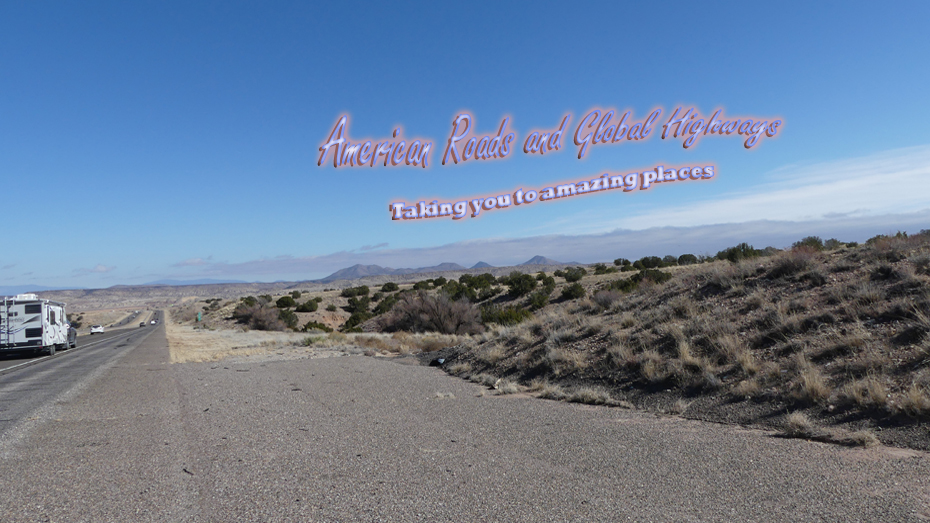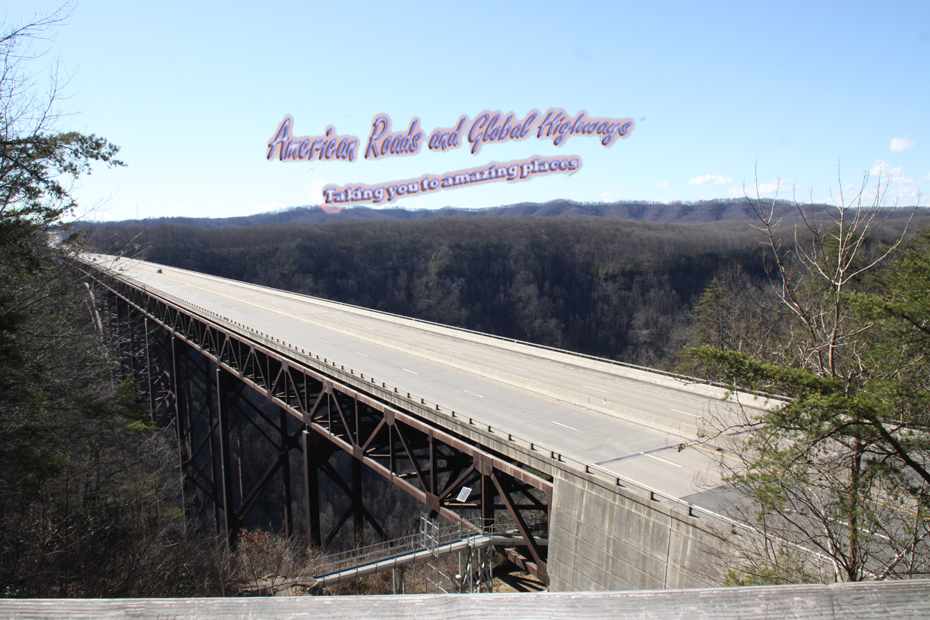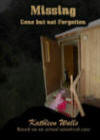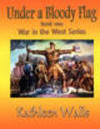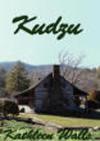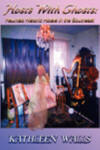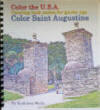Isett Heritage Museum
Story and photos
by Kathleen Walls
I always love to know all the little secret stories about a place I visit. On a recent visit to Huntingdon County, Pennsylvania, I got the entire condensed history of the area at the Isett Heritage Museum. I’m using condensed loosely as the museum is huge. There are three large buildings plus some outside artifacts all telling the local history. J. Melvin Isett and his wife, Beulah, began the museum after many years of collecting and a variety of service-related businesses in Huntingdon County. In 2001, shortly after Mr. Isett retired, he opened his collection to the public in a 1940 renovated barn on the property. In 2004 the museum expanded adding a ten thousand square foot building, and once again in 2008, added another ten thousand square foot building. The three buildings house a collection of over forty thousand items.
Amy, the museum caretaker, greeted me at the barn, which is the starting point of the museum tour and the smallest of the buildings. She turned me over to Lonnie, the tour guide who was just starting a tour through the other buildings.
There’s a massive toys display. Lots of bicycles, tricycles, and mini-cars and tractors. There are several highchairs. One is a combination highchair and potty stool. It is like a normal highchair but had a pottie in the seat in case baby has an accident while eating. Another turns into a play table and chair set when the baby reaches an age not to need a highchair anymore.
There is a large doll collection My favorite here was the “Sticky Doll.” She is a baby doll dressed in a fluffy white dress and bonnet. These dolls were manufactured, mostly in the 1950s and 1960s, with a type of plastic called polyvinyl chloride. Lonnie explained Sticky Doll is kept in a glass case to protect, not only other dolls, but visitors to the museum from contamination with possible dangerous chemicals.
There’s a washing machine display with old-time washers ranging from wooden wash tubs, one from 1900, to later wringer types. Some of the wooden ones have the classic wringer built in and others are just wooden tubs with a kind of churn device. Many have washboards sitting in them. The ones from the early 1950’s are the round metal ones that run on electricity not hand power.
Musical artifacts abound. They range from photos, posters, and lots of musical instruments, including a guitar and baritone ukulele belonging to Grand Ole Opry star, Grandpa Jones. There are lots of old pianos. There are three perfect condition jukeboxes. Lonnie let me pick a song to play on one jukebox. I loved heard Fats Domino’s I’m Walking for the first time in years.
There’s an highly detailed model train that runs and sounds like the real thing. I loved the miniature model of the city. There’s even a large selection of antique vehicles.
The third and largest building starts with a collection of cameras from the 1800’s to a few film ones that could still be in use. There’s a large section dedicated to veterans. It houses uniforms, weapons, letters, maps and assorted military items ranges from Civil War to present day.
There’s an 1850 timber frame, tin roofed gunsmith shop and a shoemaker shop. The dentist office gave me the chills as it looked like all that was missing was the dentist himself ready to pull out a few teeth. A schoolroom from the days of one room schools was set up with assorted sized desk filled with lifelike dolls and a realistic mannequin at the teacher’s desk. The beauty parlor barber shop combination even had an old wooden wall phone and a razor strap for sharpening razors.
Dr. Phillip F. Dunn’s buggy sits ready to make his house calls.
All it needs is the horse.
There’s a dressmaker section with several treadle machines and
lots of stylish dress dating to the 1940s and ‘50s.
One of my favorites in this building is an Apache Eagle Popup all ready for camping complete with an old Coleman stove and lamp. Bunks are made up and folding chairs are set up alongside it. I’m not sure how old it is but Vesely manufactured the last Apache in 1987.
I returned to the barn and Lexis showed me around there. The barn contains a lot of electrical items and business items. There is an entire room full of old radios and phonographs ranging from stand-alone floor models to small table models.
A recreation of a typical diner of the day with a table set complete with plates of burgers and fries and a tasty Sunday for dessert.

I noted a old Coke vending machine that was red and green. Lexie told me that Coke’s original marketing colors were red and green but when WWII broke out all the country’s green paint was needed for camouflage on army vehicles, so Coke switched to the present red, black, and white color scheme.
There is so much more in the museum that I could talk about in
just one story. Just as there are so many more attractions to
see in Huntingdon. I’ll just have to do another story later so
stay tuned.
Those of us of a certain age will love this museum, as we’ll
remember many of the artifacts as everyday items when we were
younger. Younger folks will be amazed at how people could
survive with such primitive tools.



